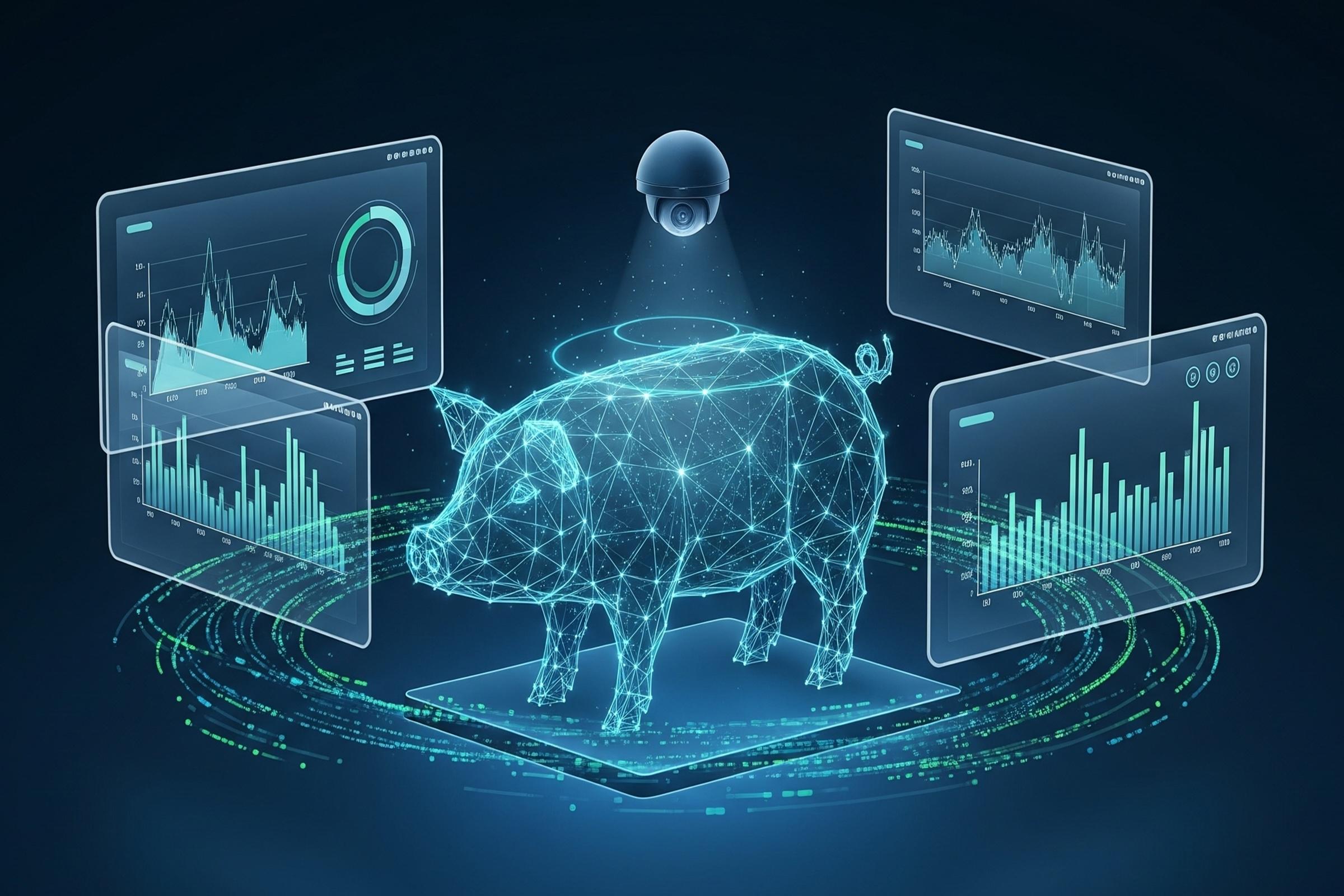Early detection: Fewer false alarms, Better Welfare and Science
Why this matters
If you’ve run in‑vivo studies—especially post‑op care or chronic models—you know the gap: we check animals during the day, yet the most telling behavior often happens at night. A pig that looks fine at 09:00 may have paced, rested poorly, or shown altered gait at 02:30. Missing that window isn’t just inconvenient; it’s an ethical problem. Our responsibility to the animals asks for attention we can’t deliver by hand, 24/7.
The 3Rs—Replacement, Reduction, Refinement—give us the framework. Refinement, in particular, pushes us to reduce pain, distress, and confusion in the data that those states create. Today, we have tools that make continuous, objective monitoring realistic. The question is no longer “Can we add another check?” It’s “Can we watch naturally, all the time, without getting in the way?”
The observation problem
Humans change the room just by walking in. Many species mask signs of pain or stress when a person is present. And for nocturnal animals, daytime checks land in the wrong part of the cycle. Even a careful schedule ends up as snapshots—useful, but incomplete.
A practical approach: measure each animal against itself
PicoTeam Behavior Analysis is built around a simple idea: learn what “normal” looks like for each individual, then watch for meaningful change.
- Observe & learn. Before procedures, cameras record the animal in its home environment. The system learns patterns—activity and rest, gait and posture, typical routines—without asking humans to pre‑label behaviors.
- Build a behavioral fingerprint. Each animal ends up with its own baseline: not “what pigs do,” but what this pig does on a good day.
- Detect & alert. After a procedure, the system compares current behavior to that baseline. When it sees a sustained, atypical change, it sends an alert with time and context. It doesn’t diagnose; it gives the care team a fast, specific nudge to check in.
This shift—from population norms to N‑of‑1 baselines—catches earlier, subtler changes and reduces false alarms on naturally quirky animals.
What’s under the hood (in plain terms)
- Cameras in the room, not on the animal. Standard video, 24/7.
- Pose estimation. Software tracks key points on the body to turn movement into numbers.
- Unsupervised learning. Instead of teaching the system a fixed dictionary of behaviors, we let it find recurring patterns and rhythms in each animal’s data.
- Trend detection. Alerts trigger on changes that are statistically unusual for that individual, not on arbitrary thresholds.
The result is a continuous stream of objective, non‑invasive information that complements clinical judgment rather than trying to replace it.
Where this helps right now
- Post‑operative monitoring. Pain can present as small shifts: less movement, shorter bouts of activity, altered posture. Around‑the‑clock tracking surfaces those shifts sooner so you can intervene earlier.
- Lameness and mobility. Video‑based gait features—stride, stance time, symmetry—make lameness less subjective and easier to track over time.
- Early disease signals. Many conditions start with behavior: reduced exploration, disrupted sleep, changes in feeding or social contact. Continuous data gives you a quicker read.
- Environmental enrichment. It’s easier to know if enrichment is used and helpful when interactions and activity patterns are measured automatically.
- Discovery. Long, high‑resolution records sometimes reveal patterns we didn’t know to look for—useful leads for both welfare and science.
Refinement without the trade‑offs
There’s a long‑running tension between Refinement (enriched environments) and Reduction (group sizes and variance). Enrichment can increase behavioral diversity, which can add noise to group comparisons. By standardizing analysis around each animal’s own baseline, you can keep the enrichment and still see true change. In short: better welfare and cleaner signals don’t have to fight each other.
Guardrails and good practice
Quality baselines matter. If you learn “normal” during acclimation stress, the system will treat stress as normal. Build an SOP that defines when baseline recording starts (healthy, acclimated, enriched) and when it’s complete.
Bias and drift. Algorithms inherit the data they see. Periodic reviews, spot checks against ground truth, and model updates keep things honest.
Privacy and data stewardship. Continuous video and derived behavior data are valuable. Treat them accordingly: clear access controls, encryption, retention policies, and audit trails.
Human in the loop. Software flags change; people make decisions. Alerts should be specific (“Significant deviation from baseline between 02:10–02:55”), and the workflow should make it easy for veterinary staff to check, document, and act.
What this looks like day to day
- You get a morning digest highlighting animals that deviated meaningfully overnight, with short clips or plots to review.
- During recovery, you can see whether analgesia corresponds to a return toward pre‑op patterns.
- For mobility, you can compare today’s gait metrics to last week’s for the same animal, not to an abstract average.
- When enrichment changes, you can see whether activity structure and interaction time move in the right direction.
In closing
Continuous, individualized behavior analysis doesn’t replace care teams; it gives them better timing and better context. It closes the long‑standing gap between what we see during rounds and what actually happens across the full day. And it aligns ethical duty with scientific quality: fewer missed problems, fewer false alarms, and cleaner data.


